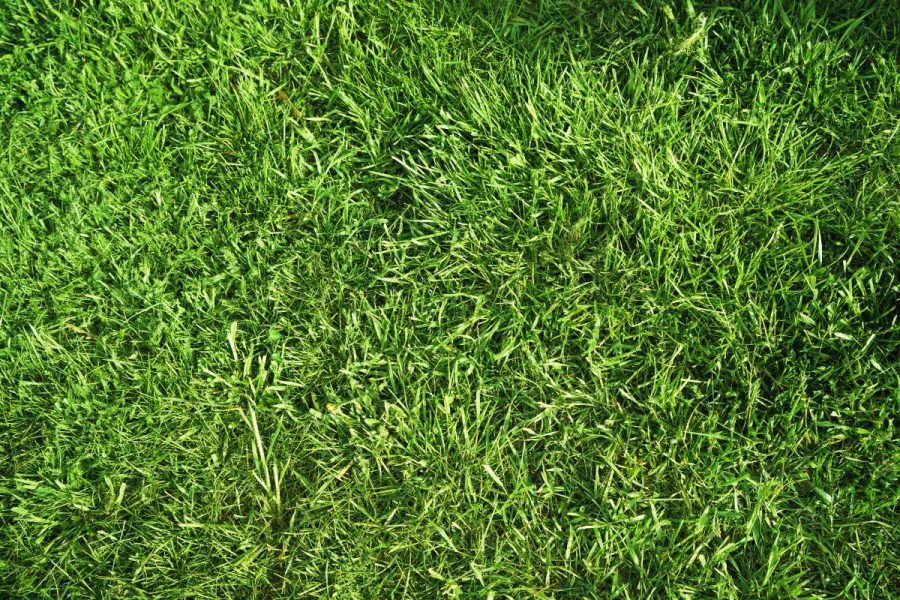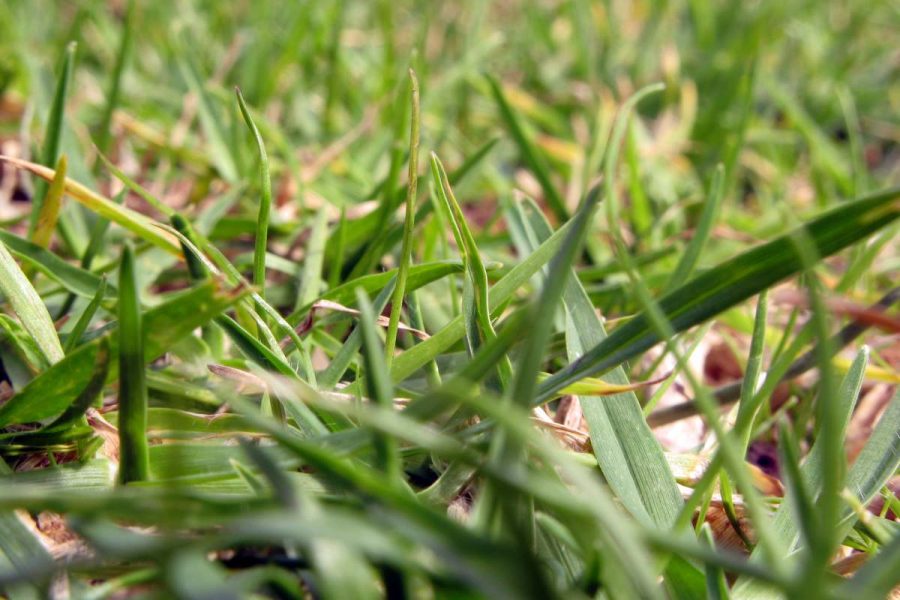
Bermuda grass (Cynodon dactylon) is a hardy and resilient perennial grass species that thrives in a variety of environments. Native to Africa, it has spread globally and is particularly prevalent in Australia. Known for its durability, drought tolerance, and low maintenance needs, Bermuda grass is often used for lawns, sports fields, and pastures.
However, its aggressive growth habits and invasive nature can turn this versatile grass into a troublesome weed. Controlling and preventing the spread of Bermuda grass is essential for maintaining healthy gardens, lawns, and agricultural fields.
This article explores effective strategies to stop Bermuda grass from spreading, focusing on physical barriers, regular maintenance, chemical control, cultural practices, mechanical methods, and integrated pest management (IPM).
Related article:
Is Bermuda grass a weed in Australia?
Bermuda grass (Cynodon dactylon) is a perennial grass species native to Africa but has spread worldwide, including Australia. Known for its resilience and ability to thrive in various conditions, Bermuda grass is a popular choice for lawns, sports fields, and pastures.
However, its adaptability and vigorous growth also make it a problematic weed in many regions, including Australia.
Characteristics of Bermuda Grass
Bermuda grass is characterized by its fine texture, dense growth, and vibrant green colour. It spreads through both seeds and vegetative means, including stolons (above-ground runners) and rhizomes (underground stems). This aggressive growth habit allows it to quickly establish and dominate areas, often outcompeting other plants.

Benefits of Bermuda Grass
In Australia, Bermuda grass is valued for several reasons:
- Durability: It withstands heavy foot traffic, making it ideal for sports fields and public parks.
- Drought Tolerance: Bermuda grass can survive in hot and dry conditions, which are common in many parts of Australia.
- Low Maintenance: Once established, it requires less water and fertilizer compared to other grass species.
- Erosion Control: Its dense root system helps prevent soil erosion, making it useful for stabilizing slopes and embankments.
Bermuda Grass as a Weed
Despite these benefits, Bermuda grass is often considered a weed in Australia due to its invasive nature and the challenges it poses to natural ecosystems and agriculture.
- Invasive Growth: Bermuda grass can rapidly invade gardens, crops, and native plant communities. Its aggressive spread through stolons and rhizomes makes it difficult to control.
- Competition with Crops: In agricultural settings, Bermuda grass can compete with crops for nutrients, water, and light, leading to reduced yields. Its presence in fields can increase the cost and labour required for weed management.
- Displacement of Native Species: In natural habitats, Bermuda grass can outcompete native plants, leading to a loss of biodiversity. This is particularly concerning in conservation areas where maintaining native flora is crucial for ecosystem health.
Management and Control
Controlling Bermuda grass requires a combination of strategies due to its resilience and ability to regrow from small fragments of roots or stems.
- Cultural Methods: Regular mowing and maintaining a dense turf of desirable grass species can help suppress Bermuda grass. Ensuring proper lawn care, such as adequate fertilization and watering, can strengthen the desired plants, making it harder for Bermuda grass to invade.
- Mechanical Removal: In small areas, physically removing Bermuda grass, including its roots, can be effective. This method is labour-intensive and may need to be repeated multiple times.
- Chemical Control: Herbicides can be used to manage Bermuda grass, but they must be applied carefully to avoid harming desirable plants. Selective herbicides that target Bermuda grass without affecting other species are preferred in lawns and gardens.
- Integrated Management: Combining different control methods often yields the best results. For instance, using herbicides to reduce Bermuda grass followed by reseeding with competitive grasses can help restore affected areas.
Can you get rid of Bermuda grass?
Getting rid of Bermuda grass (Cynodon dactylon) can be a challenging task due to its resilient nature and ability to spread through both seeds and vegetative means like stolons and rhizomes. However, with persistence and the right strategies, it is possible to control and eliminate Bermuda grass from your desired areas.
Here are several methods to help you get rid of Bermuda grass effectively:
1. Mechanical Removal
Hand Pulling and Digging:

- For small infestations, manually pulling or digging out Bermuda grass can be effective. Ensure you remove the entire plant, including roots and rhizomes, to prevent regrowth.
- Use a garden fork or spade to dig deeply and thoroughly.
Solarization:
- Cover the infested area with clear plastic sheeting during the hottest months.
- Leave the plastic in place for 4-6 weeks. The heat generated under the plastic will kill the grass and its roots.
- This method works best in full sun and warm climates.
2. Cultural Control
Mowing:
- Regular and frequent mowing can help weaken Bermuda grass over time.
- Set your mower to a lower height to continuously cut the grass, reducing its vigour.
Proper Lawn Care:
- Maintain a healthy and dense lawn with competitive grass species to outcompete Bermuda grass.
- Proper watering, fertilization, and aeration can strengthen your desired grass and make it more resilient against Bermuda grass invasion.
3. Chemical Control
Non-Selective Herbicides:
- Glyphosate-based herbicides can effectively kill Bermuda grass but will also kill other plants they come into contact with.
- Apply glyphosate when the grass is actively growing, usually in late spring or early summer.
- Follow the label instructions carefully and apply in calm weather to avoid drift.
Selective Herbicides:
- For lawns, use selective herbicides that target Bermuda grass while sparing other grass species.
- Products containing fenoxaprop or fluazifop can be effective. Again, follow label instructions for best results.
4. Smothering
Mulching:
- Cover the infested area with a thick layer of organic mulch (such as wood chips) or black plastic.
- This deprives the grass of light and reduces its ability to photosynthesize, eventually killing it.
- Maintain the cover for several months to ensure the grass is thoroughly smothered.
5. Combination Methods
Integrated Management:
- Combining multiple methods often provides the best results. For example, use herbicides to initially reduce the Bermuda grass population, followed by hand pulling and smothering to eliminate any remaining plants.
- After removal, reseed the area with competitive grass species to prevent re-infestation.
6. Preventative Measures
Edging and Barriers:
- Install physical barriers or edging around garden beds and lawns to prevent the spread of Bermuda grass from adjacent areas.
- Regularly inspect and maintain these barriers to ensure their effectiveness.
Monitoring and Maintenance:
- Regularly inspect your lawn and garden for signs of Bermuda grass.
- Address any small patches immediately before they have a chance to spread.

How to stop Bermuda grass from spreading?
Stopping Bermuda grass from spreading can be challenging due to its aggressive growth habits and ability to spread through both seeds and vegetative structures like stolons and rhizomes.
However, there are several effective strategies you can employ to prevent its spread and maintain control over your garden or lawn.
Here are some practical methods:
1. Physical Barriers
Edging:
- Install deep edging materials, such as metal, plastic, or concrete, around garden beds and lawns. These barriers should be at least 6-12 inches deep to block the underground rhizomes.
- Ensure the barriers extend a few inches above ground to prevent stolons from creeping over.
Mulch:
- Apply a thick layer of organic mulch, like wood chips or straw, around plants and garden beds. Mulch can help suppress Bermuda grass growth by blocking light and limiting its ability to photosynthesize.
2. Regular Maintenance
Mowing:
- Mow your lawn regularly and at the correct height. For lawns, set your mower to a height of 1-1.5 inches. Frequent mowing can reduce the vigour of Bermuda grass and prevent it from seeding.
- Dispose of clippings properly to avoid spreading seeds.
Edging:
- Maintain clean and defined edges between your lawn and garden beds. Regularly trim back any Bermuda grass that starts to encroach into flower beds or other areas.
3. Chemical Control
Herbicides:
- Use selective herbicides that target Bermuda grass without harming other desirable grass species. Products containing fenoxaprop or fluazifop can be effective.
- Apply non-selective herbicides, such as glyphosate, in areas where you need to completely eliminate Bermuda grass. Be cautious as these will kill any plant they contact.
Pre-emergent Herbicides:
- Apply pre-emergent herbicides in early spring to prevent Bermuda grass seeds from germinating. Follow the manufacturer’s instructions for application rates and timing.
4. Cultural Practices
Dense Turf:
- Maintain a dense and healthy lawn with competitive grass species like fescue or Kentucky bluegrass. A thick turf can outcompete Bermuda grass for resources and space.
- Overseed bare or thin patches in your lawn to prevent Bermuda grass from taking hold.
Watering and Fertilizing:
- Water your lawn deeply but infrequently to encourage deep root growth of your desirable grass species. Bermuda grass thrives in dry conditions, so proper irrigation can give other grasses an advantage.
- Fertilize appropriately based on soil tests to keep your lawn healthy and robust.
5. Mechanical Methods
Hand Pulling:
- Regularly inspect your lawn and garden for any signs of Bermuda grass. Hand pull any small patches, making sure to remove the entire root system to prevent regrowth.
Tilling:
- In areas where you need to completely remove Bermuda grass, till the soil disrupts its growth. Follow this by reseeding with a competitive grass species or planting a cover crop.
6. Integrated Pest Management (IPM)
Combining Methods:
- Employ a combination of physical, chemical, and cultural practices to manage Bermuda grass effectively. For instance, use herbicides to initially reduce the Bermuda grass population, followed by regular mowing and the installation of physical barriers to prevent regrowth.
Conclusion
Bermuda grass is appreciated for its toughness and versatility, but its tendency to spread can pose a real challenge. To keep it in check, a combination of methods is needed: setting up physical barriers, staying on top of garden upkeep, carefully choosing herbicides, and fostering the growth of other plants.
These tactics, when used together, allow both homeowners and gardening enthusiasts to keep Bermuda grass at bay. It’s essential to keep an eye out and act quickly if you spot it creeping into your lawn or flower beds. Stay vigilant, and with the right approach, you can control Bermuda grass and keep your garden looking great.

